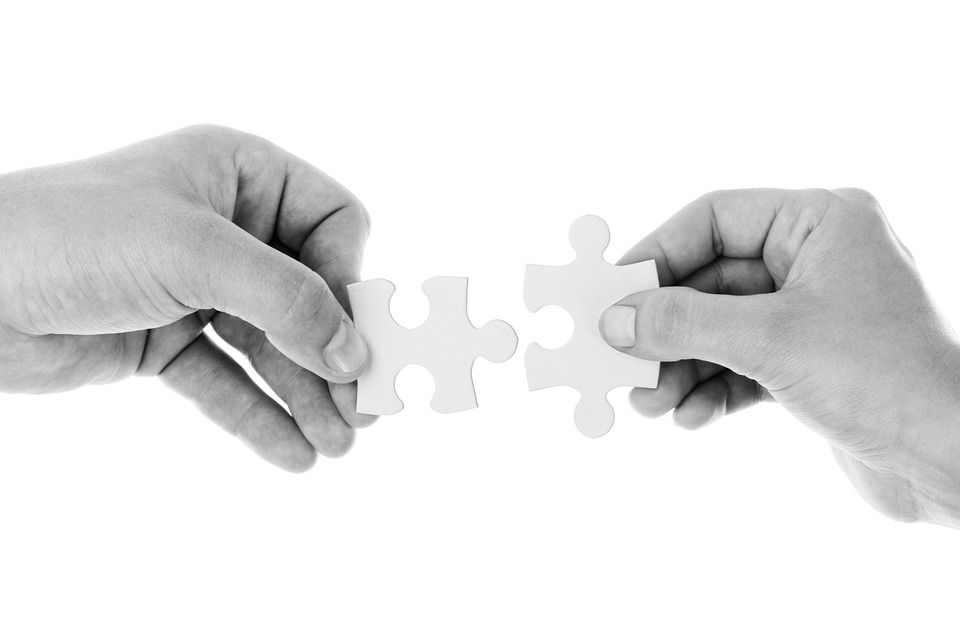Balance has never been more important than today and that is a fact. It can apply to every aspect of life – health, family, business, pleasure, finances… Why is this so? Because we have all experienced the consequences of overload. And as the world progresses, it expects you to establish a certain code and path. And yes, this also applies to moving companies as well. In fact, the development of business today is based on finding the right formula. Whether that formula focuses on investments, retail, or marketing efforts for moving businesses, it matters not. And you can also find the need for it in the online environment – that balance between copy and design. But that begs the question – how does one achieve it?

Which is more important – Content or Design?
In truth, the layout of your website and the content on it should go together since you really can’t have one without the other. So, you should never even think to separate them. However, certain companies disagree, which is how we end up with nothing more than lorem ipsum. So, what you need to do is consider preparing the content while the website is being developed.
The way you should think about it is that your website is here to deliver content whereas the design has a supporting role. Even though the design of your website might attract people, it’s the content that keeps them there and, ultimately, converts them into customers.
Where should your focus be in order to reach a balance between copy and design?

Basically, your choice at the very beginning of your journey towards a great website comes down to one of two approaches:
- Conversion design (content first). The focus of this method is for you to understand the purpose of your design.
- System design (structure first). The focus here is to set up the website as soon as possible and get it out there.
Although it might seem more logical and practical to give priority to system design, it doesn’t hold up long-term. On the other hand, if you focus your initial efforts on conversion design, you can reverse-engineer the conversation your website will have with a visitor. Based on that information, it will prove much easier to find the right balance between copy and design. Your attention is oriented towards the content whereas the graphics work is there to support and make the copy more accessible.
With this method, your final stage is the homepage. All of the other content already exists, so it’s much easier to design your welcome mat. Content-first design focuses on understanding the purpose of your design, and asks, “How are you going to achieve that purpose?” Best of all, starting with content will save you time in the long run. It fosters efficiency and lets you work out the smallest details before even getting started, so the design process runs smoothly.
Discover the balance by looking at the minds behind them

It’s easy for us to talk about copy and design relations in theory but it comes down to more than that when you get into it. You have to consider that there are actual people behind either of the two. So, the way to a balance between copy and design will be based on the mutual agreement of your copywriters and designers. Once you have them on the same page, the project will create itself as you proceed.
The situation in mind – if you plan to create a PPC page to and invest in the marketing aspect of it all, then it is the design that will have the advantage, whereas the content should adjust to fit in. However, if your focus were a landing page for certain services or products, then the content is the focus. After all, your marketing and SEO strategies are based on it.
Nothing we do is or should be meaningless. As a writer, you can’t simply note down whatever comes to mind – it has to make sense. And as a designer, it’s not a super ability to simply bedazzle things and make them pretty. Instead, it’s more of a give & receive type of situation, where you never neglect content. To find the balance between copy and design, you need to make sure that the designer understands the importance of the copy. The job of the designer is to understand the tone and feel of the website and each section. This ensures that people will read and absorb the content through layout and whitespace.
The key to balance between copy and design lies in the content
If you were trying to emphasize a call-to-action (CTA), you would need to draw in attention from the reader. So, it has to fit perfectly with the rest of the page, while having the right combination of words in it. The copy side of it preaches that it be concise, whereas the design should make it bold and vibrant. The common goal your copy and design should share is functionality – never forget that.
Why do people visit your website? What do you want to offer them? How can your words help them? These are all questions you should focus on answering through your content. So, how does design fit into all this? You use the design to emphasize the content and help people understand how you can help them. And you should always avoid complicating things – keep it short and understandable. If you have an image, hyperlink, or phrase that doesn’t help your audience’s understanding – cut it.
Remember, you can’t have one without the other
The balance between copy and design is something you can’t avoid if you want to develop your moving business. Even though intertwined, the best way to make them work efficiently is for you to consider them separately. Writers and designers are stronger when they work together, and more designers are increasingly being trained to create and focus on the copy. Your written content should never feel as though it’s competing for attention against the design- or vice versa.

When it comes down to it, your writing and design should be centered on the reader and their needs, to enhance the overall user experience. You can’t build trust with a potential client without creating a first impression with content and design that are paired to improve communication. It’s a delicate balance and it’s your job to keep it in check.






